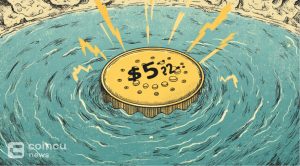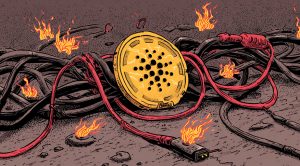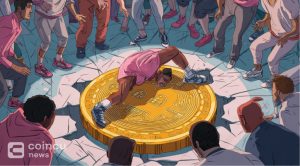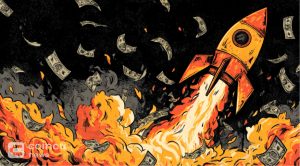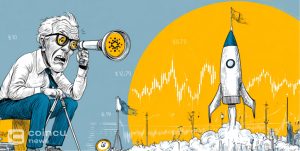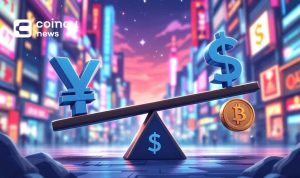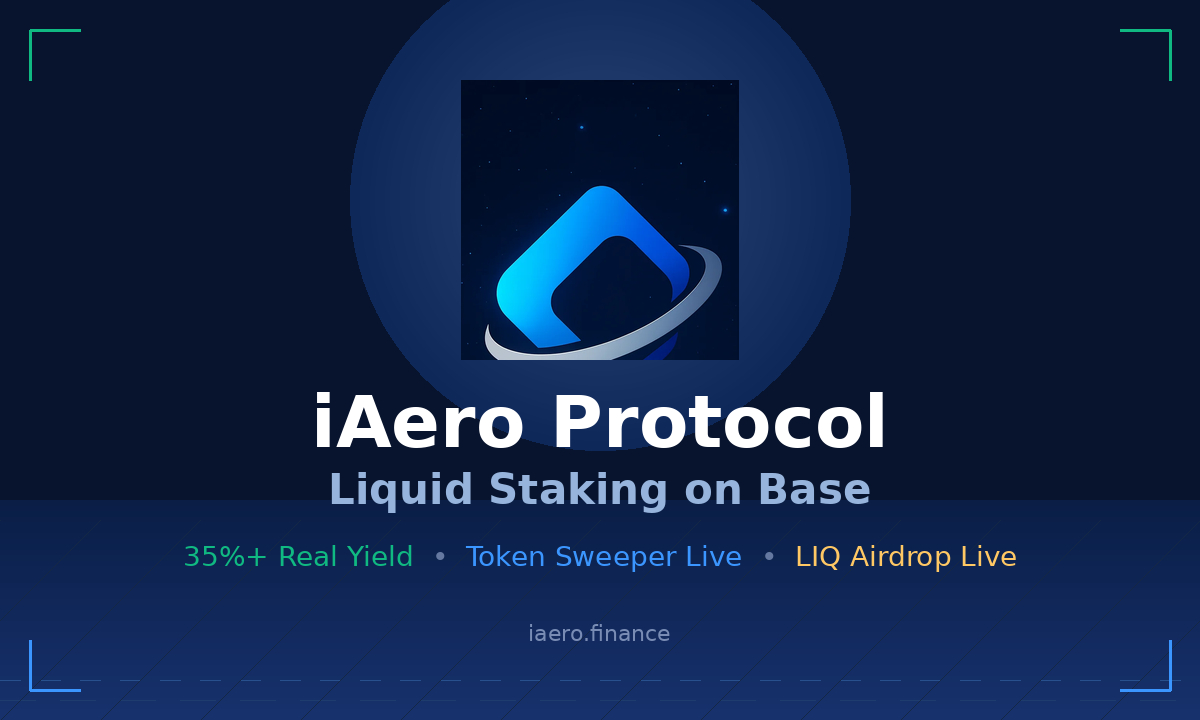Cardano is a third-generation blockchain that enables smart contracts, DApps, and NFTs to be scalable, quick, and cost-effective. Additionally, the platform issues one-third of all worldwide NFTs and ranks third in overall NFT trading volume. This post will illustrate step by step how to create your own NFT marketplace using the Cardano infrastructure.
Cardano Introduction
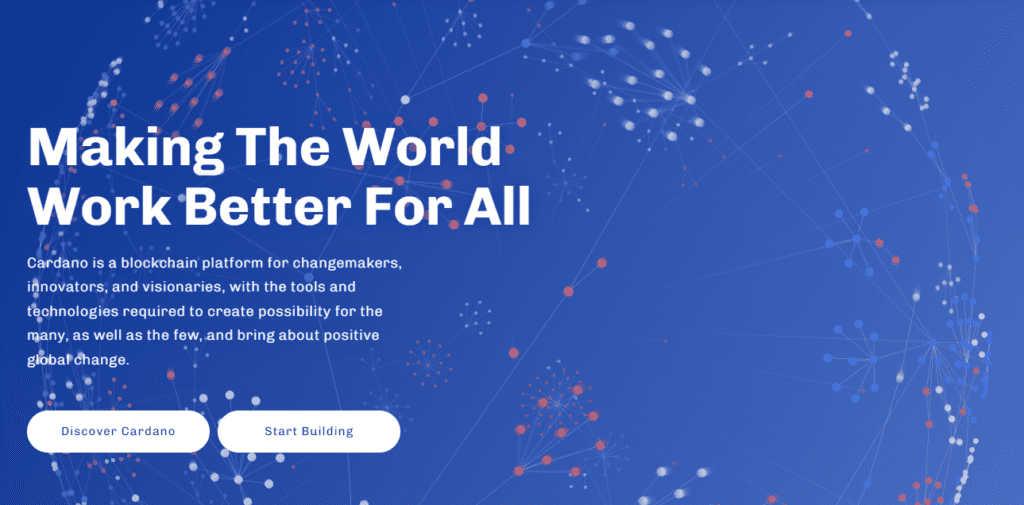
Cardano has been in operation since 2015, and it was founded by Ethereum co-founder Charles Hoskinson. High scaling capabilities, robustness, functional compatibility, rapid transactions, minimal fees, and quick verifications are all provided by the platform. The Ouroboros (Proof-of-Stake variant) consensus method is crucial to the network.
Furthermore, Cardano has its own native currency, ADA, which has conventional functionalities like paying fees and rewarding stakeholders. It is also the network key management element; all ADA holders may present and vote on ideas for building and upgrading the Cardano network.
The Advantages of Developing NFT Solutions on Cardano
Consensus process of the Ouroboros. The consensus method is one of Cardano’s primary advantages for launching NFT solutions. Ouroboros is a Proof-of-Stake variant developed by the Cardano team and notable scientists. They intended to create a blockchain that was quick, scalable, dependable, and extremely secure. Ouroboros is the first consensus method that has been academically demonstrated to be secure and reliable.
In Ouroboros, the transactions are verified by a set of network members (slot leaders) drawn from a particular candidate pool. Any ADA token holder who blockstakes their tokens in the wallet can become a candidate. Because leader selection is random, the system stays decentralized, as opposed to traditional PoS, where the largest token holders benefit. If the leaders accomplish their duties, they are rewarded with ADA, otherwise, the system removes their ADA tokens.
- Interoperability. This concept refers to the capacity of diverse blockchains to effortlessly collaborate, resulting in solutions that can function with numerous separate blockchains while moving information and value across them.
- Scaling. Cardano’s Ouroboros consensus mechanism and sidechains technologies enable it to execute up to a trillion transactions per second at full network deployment (i.e., when millions of people will use the network). Cardano’s bandwidth is still 250 transactions per second. It is, nevertheless, faster than Bitcoin (4-7 transactions per second) or Ethereum (in June 2022, 12-17 transactions per second).

How to develop an NFT marketplace on Cardano?
On the technological side, a blockchain-based NFT marketplace is an online store that allows users to quickly produce, purchase, and sell NFTs; the procedure is comparable to purchasing things on Amazon or eBay. The only important distinction is that all NFT minting and trading transactions are recorded in the blockchain. Here is a step-by-step guide for creating an NFT marketplace on Cardano.
Step 1: Identify your niche
Similarly to any other project, selecting the target niche is the first step in building a blockchain platform for trading non-fungible tokens. There are two types of NFT platforms based on these characteristics.
General NFT market
These are NFT trading systems that allow users to produce and sell various asset types. Users can, for example, go to OpenSea and sell assets in the following categories: digital art, collecting cards, sports, video games, domains, metaverses, texts, and so on. These markets have larger audiences due to a diverse selection of NFT items, but they cannot offer individualized designs or utilize highly efficient marketing tactics concentrating on a limited target group.
Specialized NFT platform
These are NFT markets that only provide one asset type. For example, NBA Top Shot exclusively offers sports NFT, whereas Gala Games only sells video game-related products. However, niches might be much more specific; for example, Valuables sells celebrity tweets.
Without addressing design, developing customized NFT platforms is similar to developing generic platforms. Specialized projects enable the deployment of specialized user interface designs that are more efficient for a specific target group.
Step 2: Select a blockchain developer
The second stage is to identify a technical partner to assist you with project implementation. You should look for a development team that has substantial expertise in dealing with the Cardano blockchain and NFT markets.
Step 3: Pick a project monetization model
Following your agreement with the developer, you must extensively work on the project concept, defining business goals, functionality, technological requirements, and other critical points.
There are numerous monetization strategies from which to choose:
- Fees. The most common monetization technique is collecting a charge for each trade that takes place on the site. The provider usually pays 1-5% since they benefit from selling the token. However, SuperRare and Foundation charge up to 15% in buyer fees, which is unpleasant and unfavourable.
- Fees for listing. This popular approach requires the vendor to pay a fee to post their NFT on your site. Furthermore, you will collect a fee regardless of whether the user sells the NFT. Typically, this technique is advantageous if a large number of vendors spam products. A listing fee will keep spammers at bay.
- Subscription. Although it is not a widely used monetization approach, it is used in other online areas. This strategy requires the customer to pay a monthly subscription to access your NFT platform. This monetization technique will benefit you if you can sell market-exclusive things that no one else can. Use it, for example, if you have NFTs of influencers, politicians, athletes, authors, or developers.
- Freemium. It is also a common monetization strategy for online marketplaces. Essentially, you will provide basic features for free while charging people for extra options. For example, you might provide ad-free, a distinctive item card, top listing positions, and so on.
- Advertisement. Advertisements are the final profit possibility. You can promote NFTs on your platform or advertise items or services from providers like cryptocurrency exchanges and wallets.
Step 4: Decide marketplace functions
The fourth step in creating a Cardano NFT marketplace is identifying the functions for users and administrators. Here is a list of functions, along with descriptions, that each NFT platform must offer.
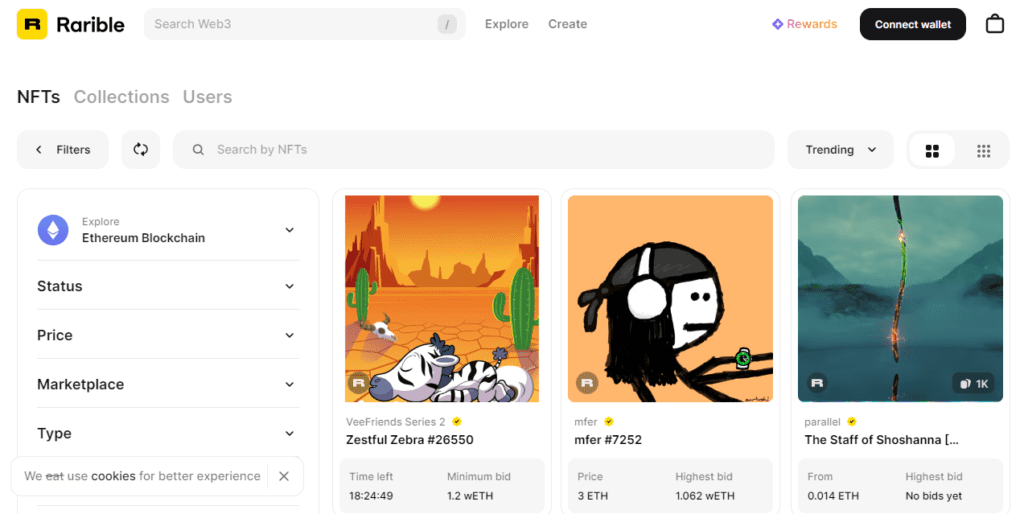
| Showcase | The display for NFTs is the first thing your users see. As a result, extensively investigate the structure, content, colour scheme, and design. |
| Integrations with wallets | Metamask and TrustWallet are the most popular NFT wallets. Enjin, AlphaWallet, Coinbase, PillarWallet, Binance Chain Wallet, Argent, Kukai, and less popular options are available. |
| Creating/mining NFT assets | You must also allow the creation of non-fungible tokens in the marketplace. You will need a smart contract and an interface to guide the user through the process of creating an NFT. |
| Listing items | Token generation and token listing are two distinct procedures. To sell an NFT on the platform, the user must give it a name, provide a description, choose a sales method and payment system, and specify the price and duration. |
| Search engine, filters | You must provide a search engine to assist users in finding goods using keywords, categories (art, music, texts, videos, collectables, domains), and filters (price, date, type). |
| Ratings and feedback | Users are now accustomed to comparing their reactions to those of others; hence, this functionality is required. You must enable people to provide comments and ratings. Furthermore, you must incorporate NFT ratings based on user feedback. |
| Auction system | Users are also accustomed to attending auctions to purchase NFTs and other works of art. It will help NFTs sellers to maximize their profits while also making trading more interesting. |
| Notifications | Users will get a variety of messages from your platform. Typically, you will alert users of the end-of-lot moderation, new selling and item messages in the chat, platform upgrades, and so forth. |
| NFT Royalty | This function allows writers to earn money from the resale of their NFTs. You must develop unique smart contracts in accordance with the requirements. |
| Support | The last function is user technical and informational assistance. These are articles, tutorials, and online or mobile discussions. |
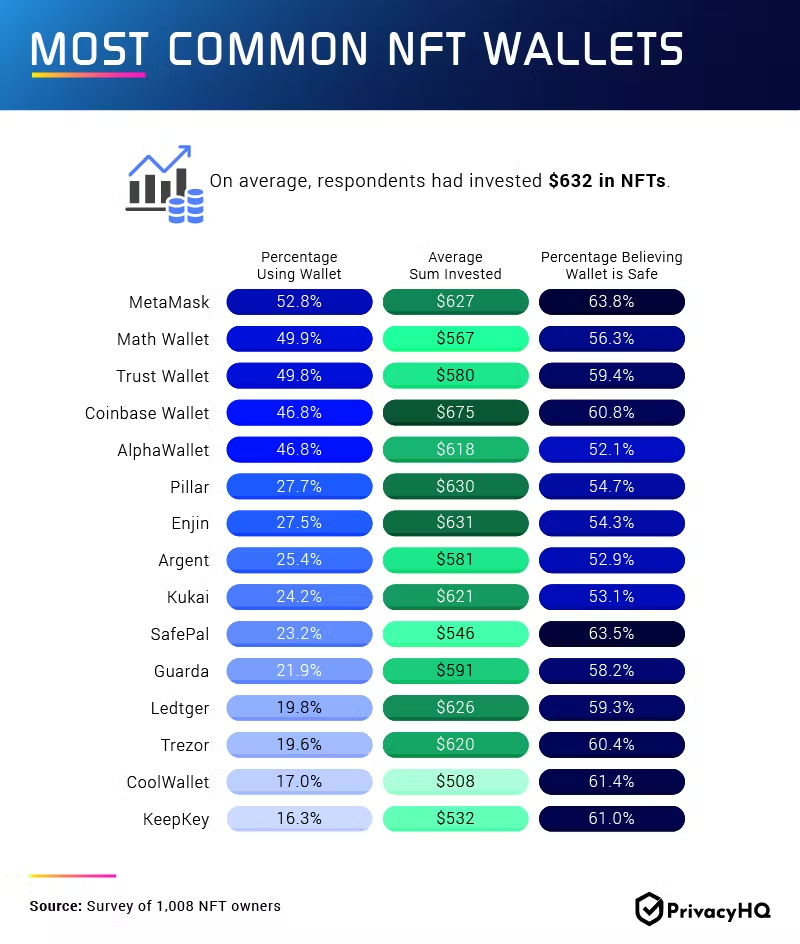
Step 5: Create a visually pleasing UI
Your user interface has a significant influence on the user experience. The user interface must be clean, appealing, and simple to use. Furthermore, the user interface design must be scalable and functional.
The following is the technological stack for the NFT marketplace’s frontend:
- Programming languages for web: Angular.JS, React.JS, and Vue.JS.
- Programming languages for mobile: Java, Kotlin for Android, and Swift for iOS.
- Architecture: MVVM for Android and MVC, MVP, MVVM, and VIPER for iOS.
- IDE: Android Studio and Xcode for iOS.
- SDK: Android SDK and iOS SDK.
Step 6: Develop smart contracts
Smart contracts that contain the minting and NFT trading conditions are the next stage in building an NFT marketplace on Cardano. Cardano supports smart contracts written in Plutus, Haskel, and Marlowe programming languages. Each language has its own features, allowing you to choose the best option for your needs.
Step 7: Develop the server
The technical stack for an NFT marketplace’s backend:
- Frameworks: Spring, Symfony, Flask.
- Programming languages: Java, PHP, Python.
- Databases SQL: MySQL, PostgreSQL, MariaDB, MS SQL, Oracle.
- Databases NoSQL: MongoDB, Kassandra, DynamoDB.
- Search engines: Apache Solr, Elasticsearch.
- DevOps: GitLab CI, TeamCity, GoCD Jenkins, WS CodeBuild, Terraform.
- Cache: Redis, Memcached.
Step 8: Testing
This is another critical step of NFT marketplace development that entails thoroughly testing the code for bugs as well as functionality, usability, performance, and stability, among other things.
Step 9: Launch the NFT marketplace
The final phase in developing your marketplace will be to move it into production, set up a support service, and begin a marketing campaign.
Conclusion
Through these developing steps above, we hope NFT-conscious people will have a clear observation of the development of the NFT marketplace, especially, the Cardano NFT marketplace.
Cardano is working on a smart contract platform that will provide more sophisticated functionality than any prior protocol and will serve as a robust and secure platform for the creation of enterprise-level dApps. Cardano will adopt a democratic governance structure in the near future, allowing the project to expand over time and support itself in a sustainable manner through a visionary treasury system.
DISCLAIMER: The Information on this website is provided as general market commentary and does not constitute investment advice. We encourage you to do your own research before investing.
Join us to keep track of news: https://linktr.ee/coincu
Thana
Coincu News








